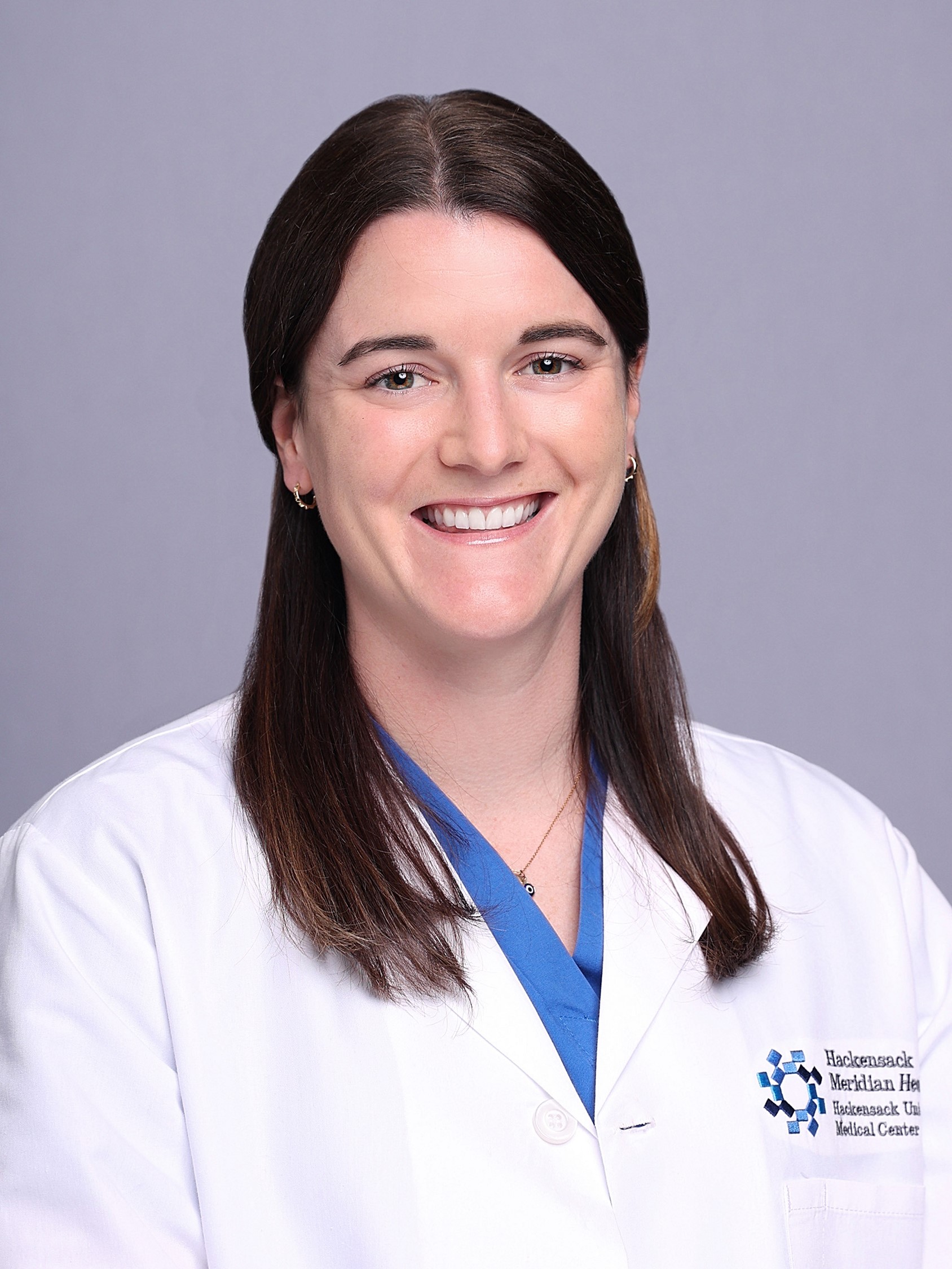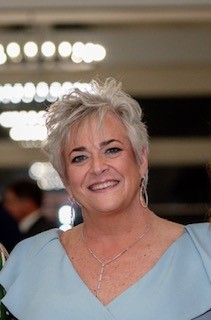Procedural Strategies to Maximize Patient Benefits

Erin Miller is currently employed as a Physician Assistant at Hackensack University Medical Center in New Jersey. Before that, she was employed for six years as a Physician Assistant at Montefiore Health System. Erin graduated from Philadelphia University with a Bachelor of Science and a Masters in Physician Assistant Studies. During her long career, Erin estimates that she has completed more than 600 EVH cases, and approximately 100 ERAH cases. She says that cardiac surgery became her career choice after rotating with talented PAs during school. Erin was inspired by their talent and high-level performance and began to strive for similar skills. She says that her current position allows her to keep pushing boundaries, expand her skill set, and help patients with state-of-the-art surgical techniques.

Since September 2017 Kelly Chapman Campbell has been employed as a PA-C at Texas Health Physicians Group in Dallas, TX. Her various job functions there include serving as First Assistant in all surgical cases - including redo cardiovascular surgeries, robotic OPCAB and MVR, and aortic dissections. Kelly also manages and runs the post-op clinic and mentors others in her role as Physician Assistant Student Preceptor. Previously, Kelly was employed as a Physician Assistant at Surgical Assistants of Dallas. During her 10 years there she served as First Assist in hundreds of minimally invasive Heartport Valve procedures with independent groin cannulation and initiation of cardiopulmonary bypass. She has extensive experience in both endoscopic vein and radial artery harvesting and has been performing EVH since 1995. Kelly graduated from the University of Florida in 1989, where she earned her Bachelor of Health Science/PA in an AMA Approved Physician Assistant Program.
- Video Transcription
-
What strategies do you use at the end of the Endoscopic Vessel Harvesting (EVH) procedure to ensure optimal outcomes?
Erin Miller: So there's several things you can do to ensure an optimal outcome at the end of an EVH procedure. The most important thing to remember is that the vessel is now coronary artery, so you need to treat it with utmost respect. After the harvest, I like to place two mosquitoes on the stump at the thigh and one mosquito at the stump near the ankle. This will allow me to make sure that the vessel does not go back into the tunnel and it also sets me up to tie my stump off with a 2-O self-tie times 2 in the thigh and one near the ankle. So if there's no concern for bleeding at the end of the case, you can flush with some antibiotic solution and then close. I'll close with either a 2-O or 3-O vicrly followed by a 4-O Monocryl. I'll leave the stab and grabs open to milk out the leg at the end of the case. If there is concern for bleeding, I will put the scope back in the leg and I will try to cauterize any branches or mark any areas that I think could be a concern for later. And then sometimes I'll put a JP drain in and wrap the leg. Or sometimes if it's not that concerning for bleeding, I'll just leave the leg open and gently wrap the leg and then come back after for protamine."
How do you prepare the vessel before using it as a bypass?
Kelly Campbell: "I use a vein cannula and initiate the vein. I will use a bulldog on the proximal end, and I will inflate the vein. And as I do come across branches, I will use a J-haemostat, which is a fine tipped haemostat. And I will tie all the branches off with three or four O silk ties if needed with a 7-O. If there is a tear in the vein or if the branch is too close, I will use a purse string with that 7-O so as not to compromise the main vein."
Erin Miller:"How do I prepare the vessel before using it as bypass?
I try to do the same thing every single time to ensure the optimal outcome. I will always take the distal end. So that's closer to the ankle with my left hand. I will take the always take that on my left hand. I'll place it down on the on my table near the vein cannula with my left hand. I always know that that's the distal end. I will then take a Jake or a small mosquito and very, very gently grab a little bit of the tissue on the end with my left hand. Again, I will use a heparinized saline solution with a vein cannula on it to kind of just gently place it inside of the vein and then lay it down on the table.
Then I'll put a tie around the vein cannula in the vessel. I will usually put a small and a medium clip like right here on my wrist so that I can just quickly and efficiently prep the vein that way. And I will put a mosquito or a bulldog at the this at the end of the vein. Then I'll very, very gently start blowing it up because you really don't want to over distend the vessel. It can lead to poor outcomes long term. So as I'm slowly, gently blowing the vessel up, I will just slowly clip the branches one at a time, either a small or medium clip. And then at the end when I get to the end of it, I will take heparinized blood. Make sure it has heparin in it from anaesthesia.
If the surgeon had not given heparin yet, you could add, you can get some blood from anaesthesia and then add some heparin to it and then flush that through the vein. Now you can kind of see any small branches that you missed. Make sure all the bases of the branches are not leaking. You can see any vasa-vasorum on it with the blood. So you will go through this again and make sure now everything is clipped, double clipped and then there's nothing bleeding
After you do the heparinized blood, you should make sure you three or four times take a heparinized saline again now and really flush through that all that blood. Make sure there's no clots in the vein. Make sure there's no fat in the vein and that all the blood is flushed out. Now your vein should be ready and you can hand it up to the surgeon. I would usually just place it in a heparinized saline or whatever vein solution you use in a little bucket, and you can give it to the scrub tack."
Which strategies do you utilize for the patient post-operatively?
Kelly Campbell "Strategies we use post-operatively are I will make sure the tract is nice and dry and I will incorporate platelet rich plasma which we think helps encourage healing. I'll do a two-layer closure, the first layer with a CT1 2-O vicryl and then the skin stitch is a 3-O Monocryl PS1.We will bolster the EVH site with ABDs outside and wrap with an ACE wrap and we keep it wrapped for 48 hours."
Erin Miller: "Post-operatively will rewrap the leg so intra-op you have wrapped the leg after you closed, but it's always important to take this wrap off the ace wrap in the OR and then rewrap the leg because you want to take everything off, you want to milk out the leg. Make sure that there's no, you know, residual hematoma, no bleeding, no serous fluid coming out while you're still in the OR. Then we you can put the dressings on the leg and gently rewrap the leg. Now this wrap usually stays on for about 24 hours post-op. The nurses will take it off on post-op day one and then the patients can get out of bed. They can do whatever they need to do post-op."

